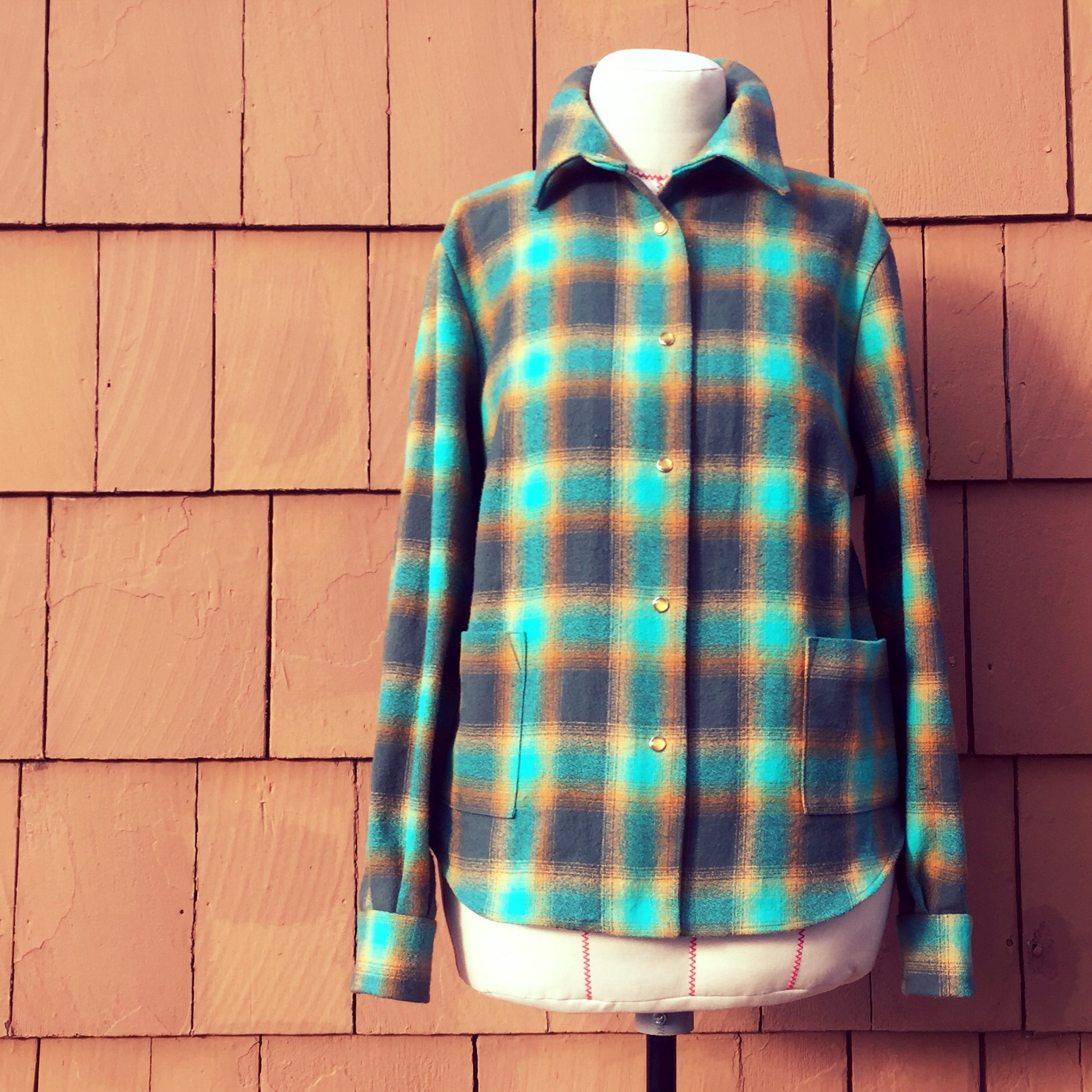|
Segovienne
Segovienne was a Spanish flannel cloth used for upholstery in the 14th to 17th centuries. It was produced in Segovia. Weave Segovienne was a twilled weave structure with a hairy surface produced by using Spanish wool. Use However, apart from upholstery, Its use as everyday clothing and children's clothing expanded in the 18th century. References Woven fabrics {{textile-stub ... [...More Info...] [...Related Items...] OR: [Wikipedia] [Google] [Baidu] |
Segovia
Segovia ( , , ) is a city in the autonomous community of Castile and León, Spain. It is the capital and most populated municipality of the Province of Segovia. Segovia is in the Inner Plateau (''Meseta central''), near the northern slopes of the Sistema Central range and on a bend of the Eresma river. The city is famous for its historic buildings including three main landmarks: its midtown Roman aqueduct, its cathedral (one of the last ones to be built in Europe following a Gothic style), and the medieval castle, which served as one of the templates for Walt Disney's Cinderella Castle. The city center was declared of World Heritage by UNESCO in 1985. Etymology The name of Segovia is of Celtiberian origin. Although historians have linked its old name to ', the recent discovery of the original Roman city in the nearby village of Saelices discarded this possibility. The name of "Segovia" is mentioned by Livy in the context of the Sertorian War. Under the Romans and Moors, the ... [...More Info...] [...Related Items...] OR: [Wikipedia] [Google] [Baidu] |
Flannel
Flannel is a soft woven fabric, of various fineness. Flannel was originally made from carded wool or worsted yarn, but is now often made from either wool, cotton, or synthetic fiber. Flannel is commonly used to make tartan clothing, blankets, bed sheets, and sleepwear. Flannel may be brushed to create extra softness or remain unbrushed. Brushing is a mechanical process wherein a fine metal brush rubs the fabric to raise fine fibres from the loosely spun yarns to form a nap on one or both sides. If the flannel is not napped, it gains its softness through the loosely spun yarn in its woven form. The term "flannel shirt" is often mistakenly used to refer to any shirt with a plaid or tartan pattern. However, 'flannel' refers simply to the fabric, and not all flannel shirts are plaid. History The origin of the word is uncertain, but a Welsh origin has been suggested as fabric similar to flannel can be traced back to Wales, where it was well known as early as the 16th century. The ... [...More Info...] [...Related Items...] OR: [Wikipedia] [Google] [Baidu] |
Upholstery
Upholstery is the work of providing furniture, especially seats, with padding, springs, webbing, and fabric or leather covers. The word also refers to the materials used to upholster something. ''Upholstery'' comes from the Middle English word ''upholder'', which referred to an artisan who makes fabric furnishings. The term is equally applicable to domestic, automobile, airplane and boat furniture, and can be applied to mattresses, particularly the upper layers, though these often differ significantly in design. A person who works with upholstery is called an ''upholsterer''. An apprentice upholsterer is sometimes called an ''outsider'' or ''trimmer''. Traditional upholstery uses materials like coil springs (post-1850), animal hair (horse, hog and cow), coir, straw and hay, hessians, linen scrims, wadding, etc., and is done by hand, building each layer up. In contrast, today's upholsterers employ synthetic materials like dacron and vinyl, serpentine springs, and so on. Histor ... [...More Info...] [...Related Items...] OR: [Wikipedia] [Google] [Baidu] |


